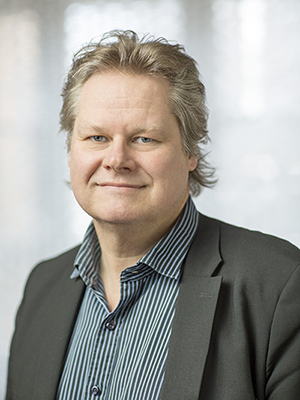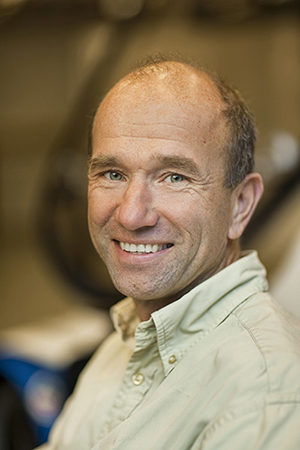
KTH offsets flight emissions
To reduce its environmental impact, KTH is launching a travel offset kitty. The aim is to encourage less air travel. The money raised will be used in projects to reduce KTH emissions and help KTH reach its sustainability goals.

Climate has been an important issue for KTH for a long time. Even so, emissions from business travel related flights have increased instead of falling in recent years.
“We are working on the climate issue in our research and education, but we also need to take a close look at our own actions. Air travel is the biggest source of our greenhouse gas emissions,” says Göran Finnveden, Vice President, Sustainable Development.
For every flight within the Nordic countries, SEK 70 will be deducted from the performance based funding element of the respective school's base grant. In the case of European and intercontinental flights, SEK 150 and 550 respectively, will be deducted when the travel offset fund starts at 2020.
When it comes to debate, the question can easily become somewhat black and white. Either you fly or don’t go at all.
“That we should stop flying altogether is not on the cards, but this kind of kitty can make people think a bit more before deciding.” says Finnveden.
Finnveden envisages a number of situations where it is possible to avoid flying.
“You often face a choice. Should I go to conference A, B or stay at home and write? Or you can perhaps fly one way and take the train back. If you are going to a city where there are no direct flights, you can do the second leg by rail rather than changing to another flight.”
International work
What effect will a climate kitty for air travel have on KTH's international work? Finnveden argues that new technology can open up new opportunities.
“For example, I was the opponent in two dissertations in Zurich last year, without actually travelling there. There are various different technological possibilities, from advanced technology to Skype. Sometimes, a simple conference call can be an alternative. It may be that we need to develop this technology and coordinate more to make it easier to learn.
“The money in the kitty will be allocated to projects that contribute to reducing KTH emissions or contribute to reaching our sustainability goals in some other way.
“This could be a new course related to environment issues, a new research project or measures taken at KTH. Maybe someone needs some technical equipment for meetings that we don’t have today,” says Finnveden.
Alongside the introduction of the climate kitty, the president has decided that the schools and operations support should strive to increase the number of travel-free meetings.
Something of a contradiction

Jan Wikander, Head of the School of Industrial Engineering and Management, thinks that the climate kitty will have less of an impact than the development of digital meeting technology.
“I don’t think we will cut down on travel on account of the climate kitty as such. But, it can probably help increase awareness of emissions.”
What he feels will play a bigger role is the development of opportunities to meet digitally.
“If we have access to technology that is easy to use, this will make travel less appealing. It took quite a while before we got Skype Professional integrated in Outlook. But now we have this, it is incredibly easy to book a digital meeting through it.”
He feels there is something of a contradiction between KTH’s goal to be internationally relevant and reducing carbon dioxide emissions.
“But I don't think the climate kitty will lead to less international cooperation. Hopefully, we can work on the international stage without spreading too much carbon dioxide if we become more and more aware of the problems via different initiatives,” says Wikander.
Words: Ann Patmalnieks/Jill Klackenberg